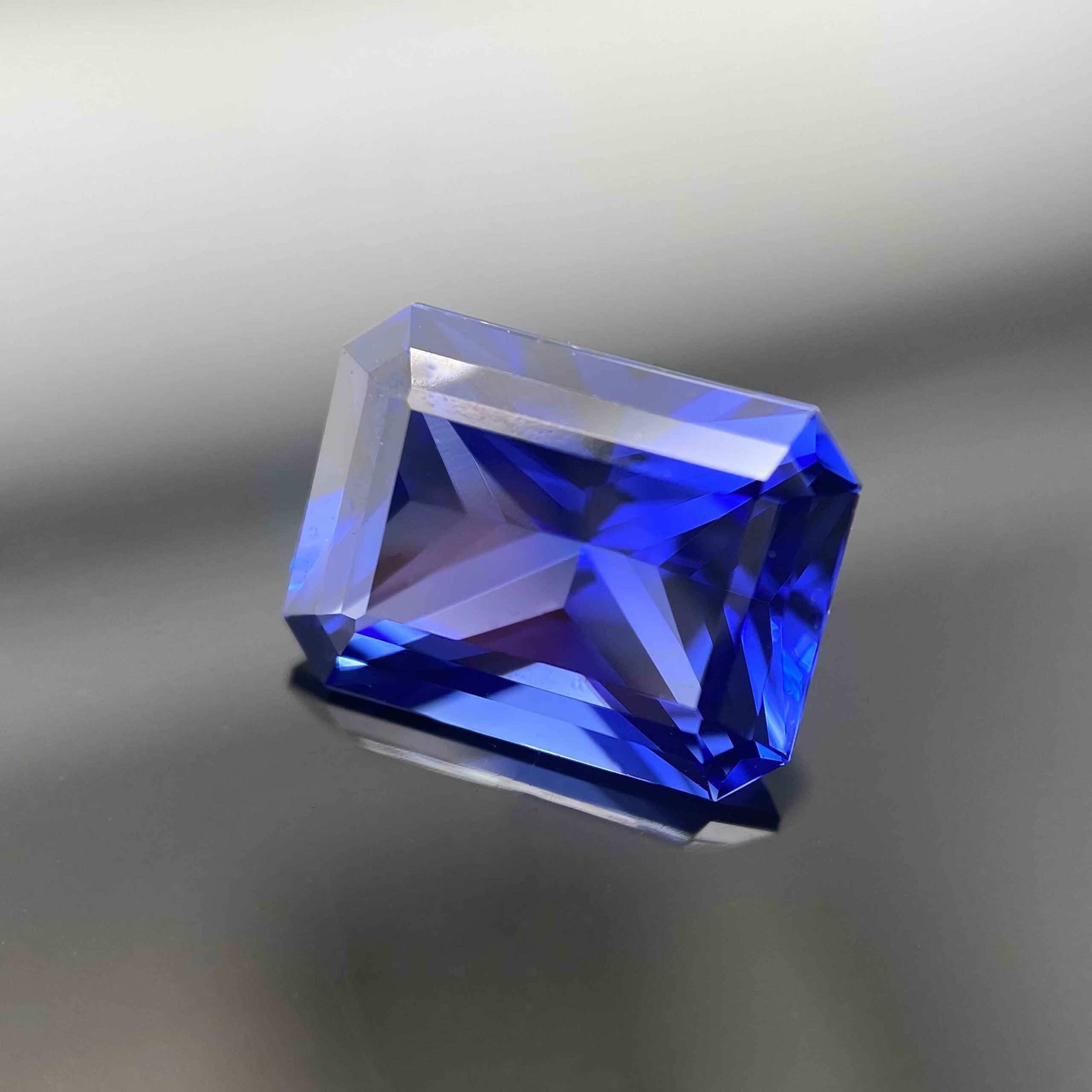Lab grown sapphire have been gaining popularity as a more sustainable and affordable alternative to mined sapphires. But are they worth anything? In this blog post, we’ll explore the value of lab grown sapphires and how they compare to traditional sapphires. We’ll also look at what factors influence the value of lab grown sapphires and how they stack up against other gemstones. Read on to learn more about lab grown sapphires and their worth.
What Are Lab Created Sapphires?
Lab created sapphires are synthetic gems made in a laboratory by experts with an artificial process that replicates the natural formation of sapphires. They possess the same physical, chemical, and optical properties as a genuine sapphire and can be found in many colors including pink, blue, yellow, orange, green, purple and more. Some lab created sapphires may also be treated with heat or irradiation to enhance color, which is referred to as “mystic topaz“. These treatments are often permanent and can give the stone an even more vibrant look than natural sapphires. Lab created sapphires are also eco-friendly, since they require no mining.
The Value Of Lab Created Sapphires
Lab created sapphires are becoming increasingly popular due to their affordability and unique beauty. They can offer the same color and brilliance as natural sapphires at a fraction of the cost. Lab created sapphires are perfect for those who don’t want to break the bank but still want to enjoy a beautiful, natural stone.
Lab created sapphires also have many other uses. Some designers have chosen to use them as accents or side stones for engagement rings and wedding bands. They can also be used in jewelry designs featuring other gemstones, such as mystic topaz or diamond. Lab created sapphires come in a variety of shapes and sizes, so you can get creative with your design. With lab created sapphires, you don’t have to worry about finding a specific cut or size; the possibilities are endless!
Why Are Lab Created Sapphires So Popular?
Lab created sapphires have become increasingly popular due to their affordability and beautiful color. Lab created sapphires are man-made, meaning they don’t require any digging or mining, so they’re more accessible and sustainable than mined sapphires. In addition, they offer the same sparkle and brilliance as natural sapphires without the price tag of their counterparts.
Lab created sapphires are also often found in trendy jewelry pieces like mystic topaz rings. Mystic topaz rings feature a central lab created sapphire stone surrounded by smaller stones that change color when viewed from different angles. This makes them a great choice for those who love to add a bit of flair and personality to their jewelry collection. Mystic topaz is also very durable, which makes it perfect for everyday wear. In fact, mystic topaz is known to be up to five times stronger than other gemstones.
It’s also scratch-resistant, which ensures its longevity even with daily use. Additionally, mystic topaz is heat resistant, making it an excellent option for anyone looking for a piece of jewelry that won’t be affected by changing temperatures. Mystic topaz is versatile in terms of cut and shape, giving you plenty of options to choose from when selecting your own mystic topaz ring. Whether you’re looking for something simple yet elegant or an eye-catching statement piece, there’s sure to be something perfect among the various mystic topaz designs out there.
How Can You Tell If A Sapphire Is Real Or Fake?
The answer to this question may not be as straight-forward as you may think. While there are a few methods that can be used to determine if a sapphire is real or fake, the best way to do so is to seek out a professional. A qualified gemologist can accurately differentiate between natural and lab created sapphires with ease.
However, if you’re looking to identify a sapphire on your own, one of the most common methods is to look for inclusions. Natural sapphires usually contain small crystal inclusions that are visible under magnification. Lab created sapphires, however, typically have fewer or no inclusions present. Additionally, some lab created sapphires may have an artificially enhanced color, making them look more vivid than their natural counterparts.
It’s also important to note that not all lab created sapphires are the same. For example, “mystic topaz” stones are a type of lab created sapphire that has been treated with a special coating to give it a unique color. This type of sapphire has become increasingly popular in recent years, but it is still considered lab created and is not as valuable as natural sapphires.









